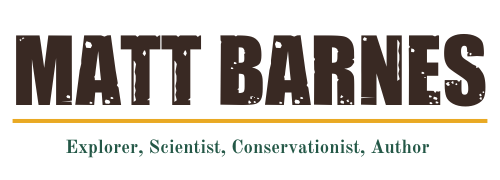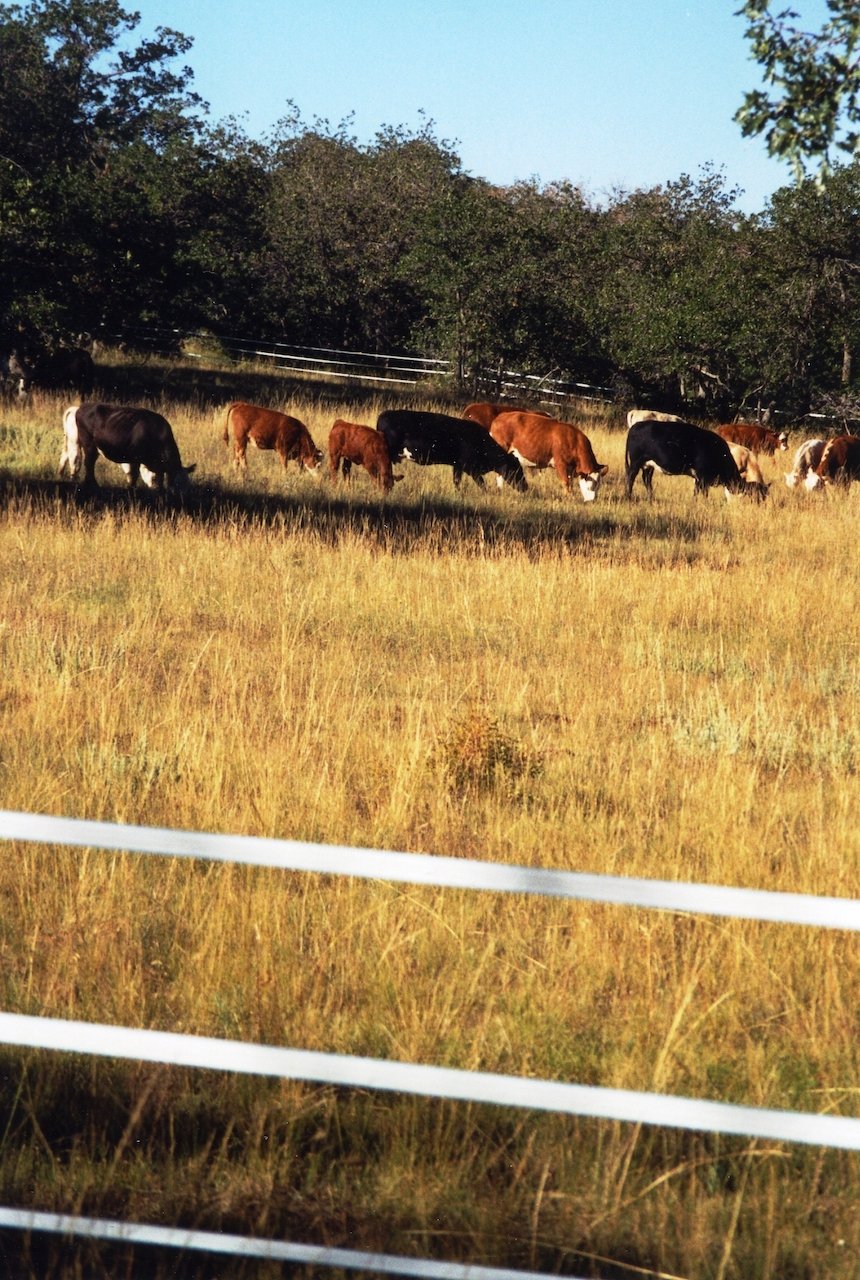Winter Dance: a rangeland rendezvous
2012/2/10 | Washington: Spokane Co.
Winter Dance: a rangeland rendezvous
The Society for Range Management 2012 Annual Meeting
By Matt Barnes
Once a year, the managers of North American natural grasslands, shrublands, savannas, and deserts gather for a rangeland rendezvous where we discuss the science and art of land stewardship. This year’s Society for Range Management annual meeting, Winter Dance: Lessons from the Past – Strategies for the Future was held in Spokane, Washington, by the Pacific Northwest and Idaho Sections of the SRM, from Jan 28 to Feb. 3. The theme was a nod to our Native American friends, and it did indeed feature a dance.
The primary purpose of the meeting is the many technical sessions, which range from ecological site descriptions and vegetation dynamics to wildlife habitat and livestock-wildlife interactions.
I spent Tuesday in the grazing management session, where the morning talks focused on using various forms of intensive grazing management—rotational grazing and resting—to change the way that livestock utilize pastures. The afternoon talks also dealt with changing grazing patterns, but in the context of extensive management, using herding and strategic supplementation to improve grazing distribution.
Grazing study on Cedar Mountain, Utah.
Ben Norton, my Master’s thesis advisor from Utah State University, presented data that my fellow graduate student Motoko Maeno and I collected, which showed that in the short grazing periods of rotational grazing, cattle ate plant species roughly in proportion to their availability in the pasture, and there was only minimal repeat grazing of preferred plants. This corroborates the results of my thesis, that small pastures, short grazing periods, and high stocking density promote relatively more even spatial distribution of grazing across the landscape. This is important because it means that with management you can not only prevent livestock from repeatedly grazing preferred and sensitive areas and plants, but also make more of the landscape and more of the plants in the pasture effectively available.
The afternoon presentations in the grazing management session were mostly given by Derek Bailey and his graduate students at New Mexico State University. My favorite was one by Retta Bruegger and Larry Howery from the University of Arizona, with colleagues from NMSU, on herding and strategic supplementation to accomplish targeted grazing. They demonstrated that they were able to herd cattle to a specific spot on a mountainside on the Santa Rita Experimental Range (my old stomping grounds), where cattle had not voluntarily gone, and reduce fuel loads there.
The SRM Native Range initiative hosted a two-day session on success strategies for Native American rangelands. At lunch I enjoyed conversation with several representatives from The Columbia Plateau, and at the craft fair I bought a CD of Yakama old-style round dance songs (hand drum and vocals) from Three Bears Music to add to my unofficial rangeland ethnomusicology collection.
Mongolian rangeland development and management panel discussion.
I also enjoyed the Mongolian Rangeland Development and Management symposium, hosted by Jim O’Rourke and 24 delegates from Mongolia. The herder and livestock populations have grown substantially during the transition from communism, and because most of the country is unfenced common land, there is no way to systematically rest pastures and allow plants to recover between grazing events; thus land degradation and poverty are widespread. Through its Green Gold project, Mongolia is now forming pasture user groups and a pasture use law to combat the problem. The Mongolian Society for Range Management had a booth in the trade show where they sold Green Nomad products, and I succumbed to yak wool scarf for my girlfriend.
In addition to technical sessions, the week included numerous committee and board meetings.
As president-elect of the Colorado Section, my responsibilities included attending the SRM Advisory Council meetings, along with all of the other section presidents, on Sunday and Monday. Our discussions dealt mostly with improving outreach and communications of the applied science and especially the art of rangeland management, particularly in the Rangelands journal.
Rangelands is our professional journal, existing somewhere near the midpoint of the continuum between magazine and scientific journal, emphasizing the art of land stewardship. If you have a story to tell about living on the land, managing natural resources in the West or anywhere on the half of the world’s land area that is considered rangeland, I (as a new Editorial Board member) encourage you to publish it in Rangelands.
CSU Rangeland Ecology Club T-shirt
My other job as president-elect was to chair the Colorado Section meeting at dark-thirty Tuesday morning, where we fed the CSU rangeland ecology students breakfast before sending them off to the grueling plant identification contest, an event that students spend months studying for.
Those official duties discharged, I was able to enjoy the alumni socials of Utah State University and the University of Arizona—where professor Mitch McClaran, in a rare moment of exaggeration, declared me “famous.”
Then we all two-stepped Tuesday night away to the music of Wylie & the Wild West. I declare the women of the Colorado Section the best dancers, though they might not say the same of me!
The Taste of the Northwest on Wednesday night featured beef and lamb from Washington and Idaho, as well as Idaho potatoes, huckleberry jam, and other tasty treats. The event was co-sponsored by the American Grassfed Association, which I like to think is a trend that a few of us in the Colorado Section started with the Sustainable Rangelands Through Low-Input Grassfed Production symposium at the Denver 2010 meeting, which was featured on this blog as well as in Rangelands.
The Taste of the Northwest featured live music by SRM’s own Karen Launchbaugh, a rangeland ecology and management professor at the University of Idaho. Afterwards a spontaneous jam session of traditional country and western folk music, hosted by friends from the Arizona Section and the Wyoming Section, lasted until midnight. It featured my old friends Jeff Schalau on fiddle, and Julie Conley on guitar and vocals. Adios, mi Corazon!
Julie Conley and Jeff Schalau jamming.







